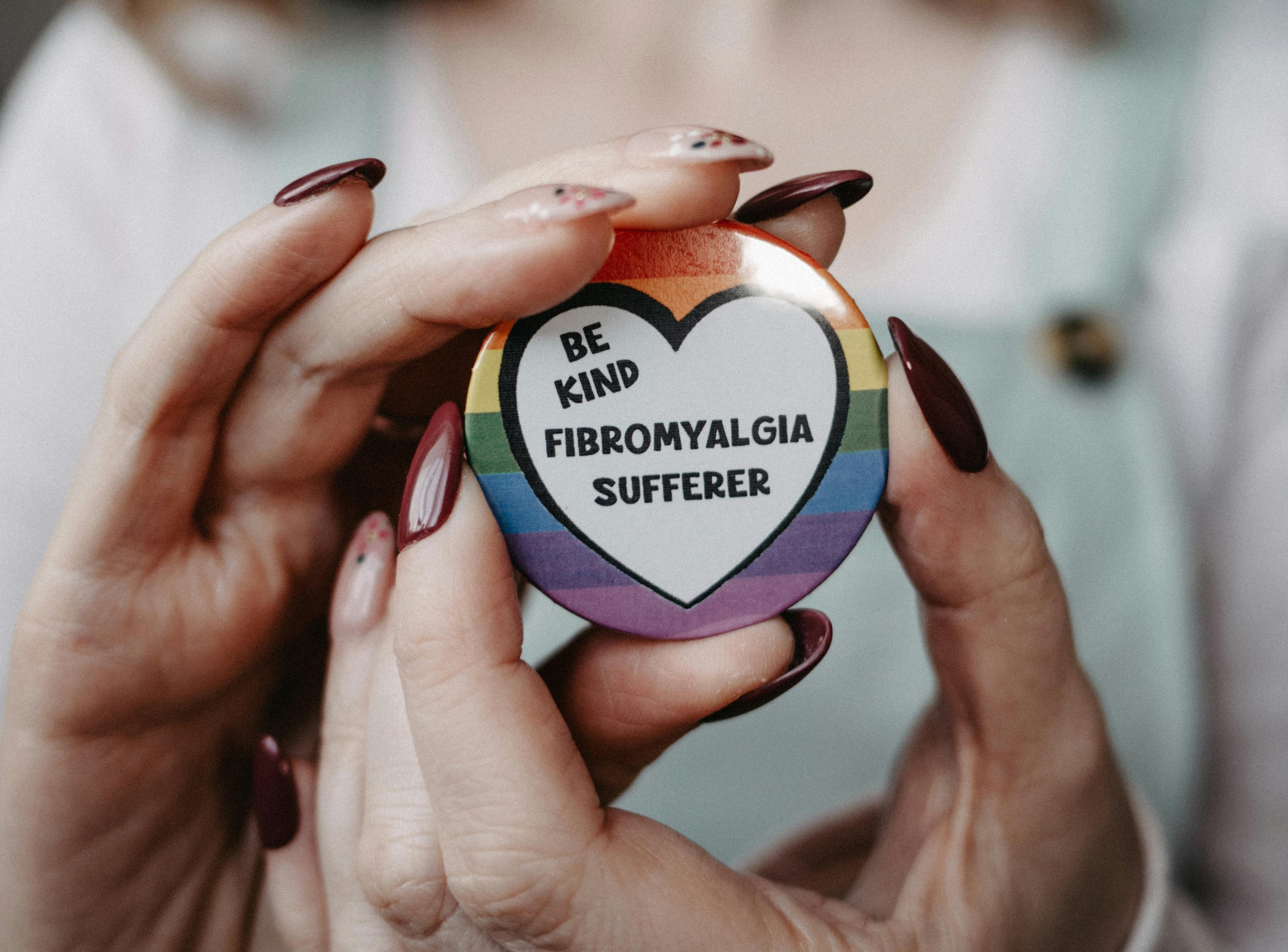Why fibromyalgia causes more than just widespread pain
Fibromyalgia is often misunderstood as just muscle pain, but it is much more complex. This chronic condition affects the way the brain and nervous system process pain, making muscles and joints feel extra sensitive, even to normal touch or movement. If you are dealing with fibromyalgia, you likely experience widespread pain, stiffness, fatigue and muscle tightness, often without an obvious injury or cause.
The good news is that while fibromyalgia has no cure, there are many ways to manage musculoskeletal pain and improve daily function. Let’s explore why fibromyalgia affects muscles and joints and what you can do to feel better.
How fibromyalgia affects muscles, joints and movement
1. Amplified pain sensitivity (central sensitisation)
- Overactive pain signals. Fibromyalgia changes how the brain processes pain, causing muscles and joints to feel more painful than they should.
- Allodynia. Even light pressure, like a hug or a gentle stretch, may feel uncomfortable.
- Hyperalgesia. Normal muscle soreness lasts longer and feels more intense than it does for others.
2. Muscle tightness and stiffness
- Chronic muscle tension. Muscles tend to stay tight, leading to knots, spasms and restricted movement.
- Trigger points vs. tender points. Unlike myofascial pain syndrome (which has specific trigger points), fibromyalgia involves widespread tender points—areas that are sensitive to touch but do not necessarily cause referred pain.
3. Joint discomfort
- Reduced range of motion. Muscle tightness around the joints can make movement feel restricted.
- Energy depletion. Even light physical activity can lead to extreme exhaustion.
- Fibro flares. Overexertion, stress or weather changes can cause sudden increases in pain and fatigue.
How to manage fibromyalgia-related musculoskeletal pain
Fibromyalgia requires a balanced approach. Too much activity can trigger flares, but too little can lead to stiffness, weakness and even more pain.
1. Gentle movement: the right kind of exercise
- Pacing over pushing. Avoid the boom-and-bust cycle. Move in short, manageable bursts with plenty of rest in between.
- Low-impact activities. Walking, yoga, swimming and tai chi can keep muscles flexible without overloading them.
- Stretch daily. Gentle stretching can relieve muscle tightness and improve mobility. Try slow, controlled movements rather than deep, aggressive stretches.
- Strengthen gradually. Light resistance exercises help stabilise joints and reduce muscle strain, but start small—too much can cause a flare-up.
2. Pain relief techniques that work
- Heat therapy. Warm baths, heating pads or heat wraps can relax tight muscles and ease pain.
- Gentle massage. Light pressure may help, but deep tissue massage can be too intense for fibromyalgia. Look for therapists experienced in working with chronic pain conditions.
3. Posture and joint support
- Ergonomic adjustments. Use cushioned seating, wrist supports and footrests to reduce strain on muscles and joints.
- Supportive shoes. Cushioned, well-fitted footwear can reduce impact on sensitive joints.
Final thoughts
Fibromyalgia affects the muscles, joints and nervous system, making pain feel more intense and widespread than it should. While movement is essential, it is about balance—too little can lead to stiffness, but too much can cause a flare.



